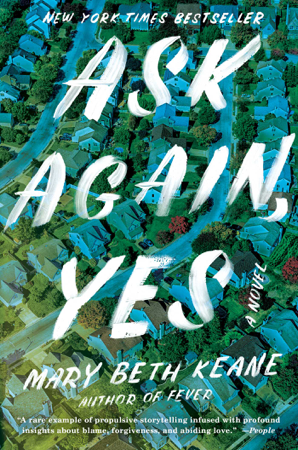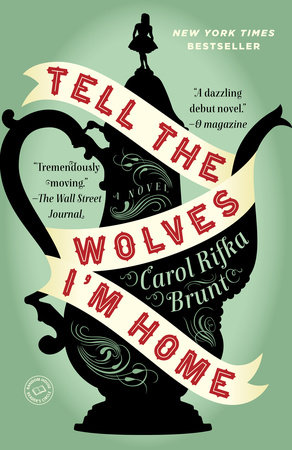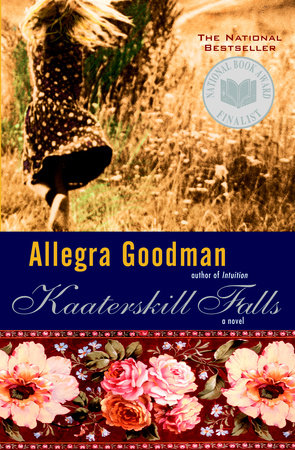Your dog is the smartest and cat is the cuddliest. Surely, you have a tale or two about the time Charlie ate the couch cushions, or Daisy unboxed the UPS delivery.
Pets can be a wonderful inspiration, and there are many outlets looking for your stories.
Study the magazine or website to get a feel for the tone and content. If you’re writing an expository feature, be sure to research fully and use accurate citations. If you are working on a personal story, write from the heart. Good hi-res photos are usually welcome.
18 publications that want your pet stories
Why not combine your love of animals with your talent in writing? Here are 18 outlets to pitch.
To help you find the right fit, we’ve compiled a list of publications that will consider your pet articles, as well as tips on how to pitch the editor, how to contact and, whenever possible, how much the outlet pays. The details of payment often depend on each editor, the amount of work involved and your experience.
Here are 18 opportunities for pet writers.
This national magazine features heartwarming stories about the animals who share our lives. They publish true first person accounts, interviews and inspiring articles. One way to break in is by submitting much-needed material to these columns: Is This for Real? Their Mysterious Ways, Creature Comforts and Should I Be Worried? (Study the magazine for examples.)
Payment: Varies with pitch, length of article, research involved, etc.
How to pitch: Pitch allcreatures@guideposts.org. Include as many specifics in the subject line as possible. (i.e. “Submission: Mysterious Horse Sighting Confirmed Mom Was Watching Over Us”).
Simply Pets is a lifestyle magazine for the whole family, available digitally or in print and sold in Barnes & Noble stores. The website describes the magazine as “one that represents you as a pet parent, as well as your petkids, your values and your interests as a pet-loving person.”
Payment: No monetary compensation, but author bio and links will promote you to their audience.
How to pitch: Check out their submission guidelines and email info@simplypetsmagazine.com with “Great story to be told” in the subject line.
The brand’s popularity and the high volume of stories in each book make Chicken Soup for the Soul an exciting market for authors. Each volume features 101 true stories submitted by writers just like you. For animal lovers, there are opportunities to contribute to a new dog book and a new cat book each year. All stories should be true and written in first person.
Payment: $200, plus 10 free copies of the book where your story appears.
How to pitch: Submissions are accepted only through the website form.
Well-researched, journalistic articles are most likely to find a home in this magazine, seeking to publish “literate and entertaining” dog-centric articles and stories. They also accept shorter web articles (less than 600 words).
Payment for magazine: Varies according to complexity and length of article, and is individually negotiated. Payment for website only, plus a one-year complimentary subscription to The Bark.
How to pitch: Submit magazine article or queries to submissions@thebark.com, submit website articles to editor@thebark.com with “YOUR LAST NAME and WEB ORIGINALS SUBMISSION” in the subject line.
This website posts entertaining, highly shareable animal videos and stories. Writers have an opportunity to tell stories that go along with their videos and slide shows. Think popular, trendy, and amazing!
Payment: This information is not disclosed on the website.
How to pitch: Send your pitch here.
Dogster is a popular magazine and website where dog lovers come together for expert advice on everything from dog breeds, to barking, to training issue, to dog cancer treatments.
Payment: Varies.
How to pitch: Submit queries only (no fully written articles) here.
Cat lovers will find informative articles in this magazine and website, on topics such as cat breeds, vocalizations, feeding and health and wellness.
Payment: Varies
How to pitch: Submit queries only (no fully written articles) here.
Articles in this magazine focus on holistic healing and provide readers with information to help them make health care choices for their dogs and cats. They’re looking for articles on topics including physical, emotional and spiritual wellbeing. To break in, consider writing short features such as Animal Passages, Warm & Fuzzy, and Tail End. (See magazine for examples.)
Payment: Varies with pitch, length of article, research involved, etc.
How to pitch: Send complete articles or story outlines to ann@redstonemediagroup.com.
This inspirational magazine is always looking for great animal stories. Guideposts publishes true, first person stories about people who have attained a goal, surmounted an obstacle or learned a helpful lesson through their faith. When writing about your pet, be sure to write about how that pet has helped you heal, physically or emotionally.
Payment: Varies with pitch, length of article, research involved, etc.
How to pitch: Submit your query here.
You’ll find multiple opportunities for submitting to this print and digital pet magazine. They’re looking for informative articles, profiles of local rescue organizations, articles on breed profiles, training how-to’s, seasonal tips and informational guides on exotic pets.
Payment: This information is not disclosed on the website.
How to pitch: Query with a short synopsis of your article to Editor@PetsInTheCityMagazine.com with “Submission: article/store title xx word count” in subject line.
You can also submit these short features:
- Rescue Stories: Submit your short (300 words) story about a pet you got from a shelter or rescue group. (Include a high resolution JPEG image of your pet) to info@petsinthecitymagazine.com with “PIC Rescue story” in the subject line.
- Goodbye Tribute: Submit your short (250 words) tribute to your late pet. (Include a high resolution JPEG of your pet) to: info@petsinthecitymagazine.com: with “PIC Saying Goodbye” in the subject line.
Do you have an uplifting, true story about you and your cat? Or an expert post about natural cat health and wellbeing? This site is looking for helpful posts including DIY eco cat toys, green cat care options, and helpful or inspiring content about cat healing, behavior, and healthy and holistic feeding. Articles that are 500-1,300 words is the ideal range.
Payment: No monetary compensation.
How to pitch: Submit your full article in email to liz@naturalcatcareblog.com with “Guest Post Submission” in the subject line.
This website offers a wide range of perspectives on a variety of pets and pet subjects. They’re looking for helpful articles, as well as posts from nonprofit organizations and pet vendors about their work and products.
Payment: $20/article
How to pitch: Query managing editor Jessica Smith at managerjessica@yourpetspace.info.
The Chronicle of the Horse is a national bi-weekly magazine focused on dressage, jumping, foxhunt, steeplechase racing and other sport horse news. In addition, they publish articles on horse care and profiles of prominent horse people. They occasionally accept humor, human interest and historical articles.
The Chronicle of the Horse Untacked, a sister publication, is looking for articles on fashion, travel, product reviews and other elements of the equestrian lifestyle.
Payment: News stories (approximately 1,500 words) offer payment of $165-$220. Feature articles offer payment of (approximately 1,500-2,500 words) $150-$400.
How to pitch: Submit stories to brasin@coth.com.
It’s hard to imagine an aspect of equestrian life and horsemanship that isn’t covered on this website. Subjects include horse sports, trends, training, health, cowboy culture, fashion, art, literature and more. They are currently seeking articles on horse health, profiles, interviews, and human interest stories.
Payment: $50 and up for an article. In addition, you’ll receive extra compensation ($100) if your post becomes popular on social media.
How to pitch: Submit your work here.
Reptiles is a bimonthly magazine catering to reptile and amphibian hobbyists at all levels of experience, from beginner to veteran. They are seeking articles on pet reptile husbandry, breeding “herps” in captivity, field herping/travel, conservation and health.
Payment: $300 on average, for 2a ,000 to 2,500 word piece with photos.
How to pitch: Email your query to reptileseditorial@gmail.com.
If your hobby involves aquariums and fishkeeping, you may find just the right outlet for your writing in Tropical Fish Hobbyist. They’re seeking articles about freshwater fish, saltwater fish, aquatic plants, aquarium basics, food and feeding. Articles should be between 10,000 and 20,000 characters-with-spaces.
Payment: This information is not disclosed on the website.
How to pitch: Submit manuscripts as email attachments to associateeditor@tfh.com.
The CKC audience includes dog breeders, dog owners, canine professionals, puppy buyers, affiliate clubs and event participants. According to their website, “If you’re as passionate about dogs as we are, we would love to feature your work on our site.” They are looking for articles on responsible breeding, training, health, nutrition, grooming, lifestyle, travel, DIY projects, recipes, and opinion pieces.
Payment: No monetary compensation.
How to pitch: Submit your work to editor@ckcusa.com.
This website is devoted to “finned, feathered and furry fun.” The site is full of sharable photos and videos, and you can also submit your true stories.
Payment: This information is not disclosed on the website.
How to pitch: Send your story to IHeartPetsOnline@gmail.com.
Have you pitched any of these pet publications? Do you have other favorites you’d add to the list?
Photo via 4 PM production / Shutterstock
The post Write About Your Furry Friends: 18 Pet Publications That Want Your Stories appeared first on The Write Life.













